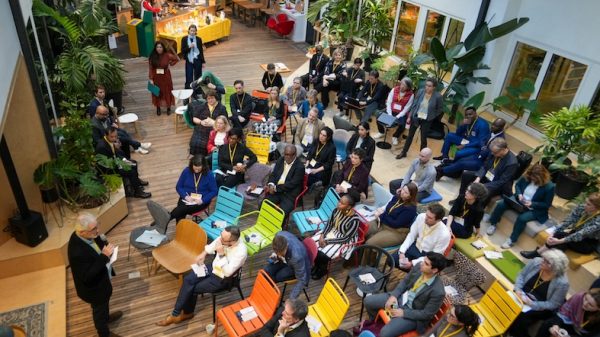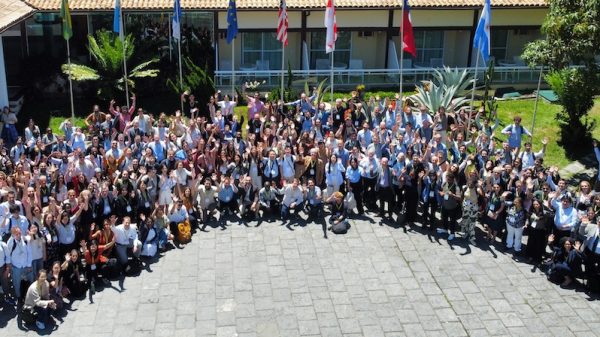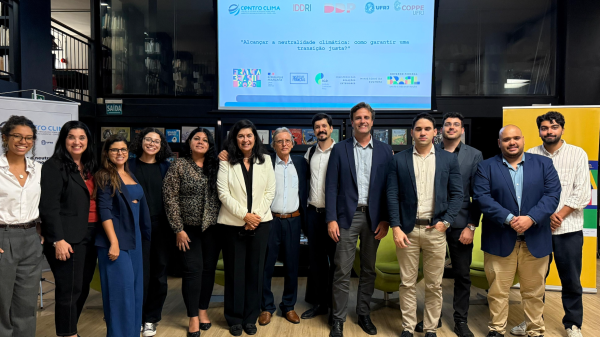Search results
- Meeting
- 2025
Ignacio Sagardoy from Fundación Bariloche joined colleagues from around the world to take part in the Steering Committee meeting of REN21
- Workshop
- 2025
Aliosha Behnisch, participated in the 18th Annual Meeting of the Integrated Assessment Modelling Consortium (IAMC) held in Búzios, Brazil
- Meeting
- 2025
Participation in the 18th Integrated Assessment Modeling Consortium (IAMC) Annual Meeting held between November 11 to 13 at Búzios, Brazil.
- Workshop
- 2025
This event focused on bridging the gap between global climate policies and practical grassroots implementation.
- 2025
Professor Emilio Lebre La Rovere participated in several events at COP 30,
- Event
- 2025
Henri Waisman participates in this conference organized by the Low-Carbon Society network; he will present the recent DDP Report, A Decade of National Climate Action: Stocktake And The Road Ahead.
- Report
- 2025
This report of the Breakthrough Agenda Policy Network (African Centre for Economic Transformation [headquartered in Ghana], Chatham House [UK], Council on Energy, Environment and Water [India], Energy Foundation China [China], IDDRI [France], Institute for Global Environmental Strategies [Japan], Institute of Climate and Society [Brazil], and Instituto E+ Transição Energética [Brazil]) proposes that major steel producers such as China, India, and the EU, along with potential green iron exporters such as Australia, Brazil, and South Africa, should begin a diplomatic process to create and grow global markets for clean iron and steel.
- Event
- 2025
On November, 17, this session, organized by OECD, will explore the Paris Agreement’s impact on climate change mitigation action and policies, as the Agreement marks its 10th anniversary. Henri Waisman, DDP Director, will present the latest 2025 DDP report (…)
- Event
- 2025
On October 8, IDDRI, Centro Clima / Coppe / UFRJ and partner institutions gathered on Wednesday, October 8, at the Consulate General of France in Rio de Janeiro to discuss the conditions that allow large emerging economies, such as Brazil, to advance towards carbon neutrality in a socially just manner, combining economic growth with the reduction of inequality and poverty.
- Publication
- 2025
Ten years on from the Paris Agreement the report “A Decade of National Climate Action: Stocktake and the Road Ahead” analyzes what has been the real effect of the Paris Agreement on climate action.
Complementarily to globalheadlines, the report is grounded on a detailed analysis of climate action at the national level from DDP experts across 21 countries, representing a diversity of geographies, levels of development, and sizes (Argentina, Brazil, Canada, China, Costa Rica, Côte d’Ivoire, Dominican Republic, France, EU, Germany, Guatemala, India, Indonesia, Japan, Kazakhstan, Mexico, Nigeria, Senegal, South Africa, Thailand, United States).
Stay up-to-date with the latest happenings, exciting developments, and upcoming events within the DDP network. Here, we bring you an overview of all the news and activities that shape our community.









